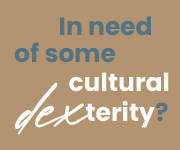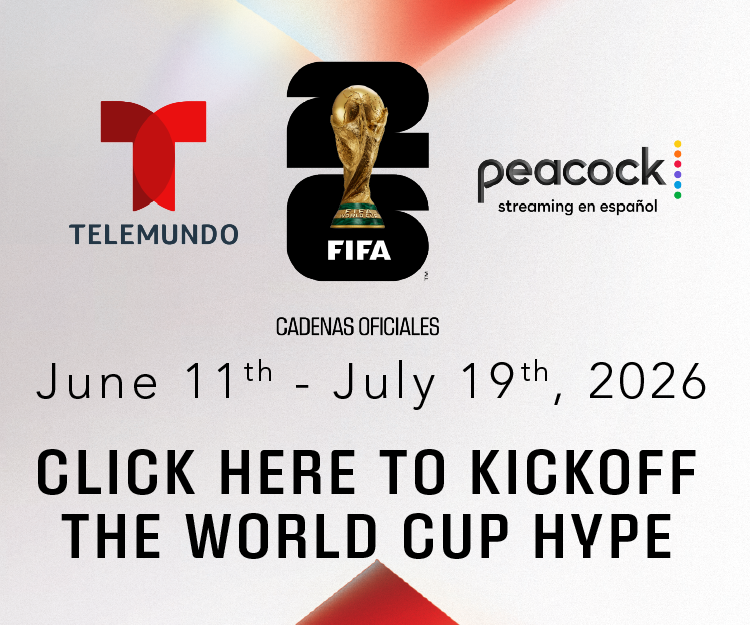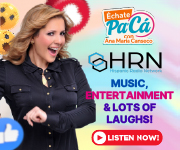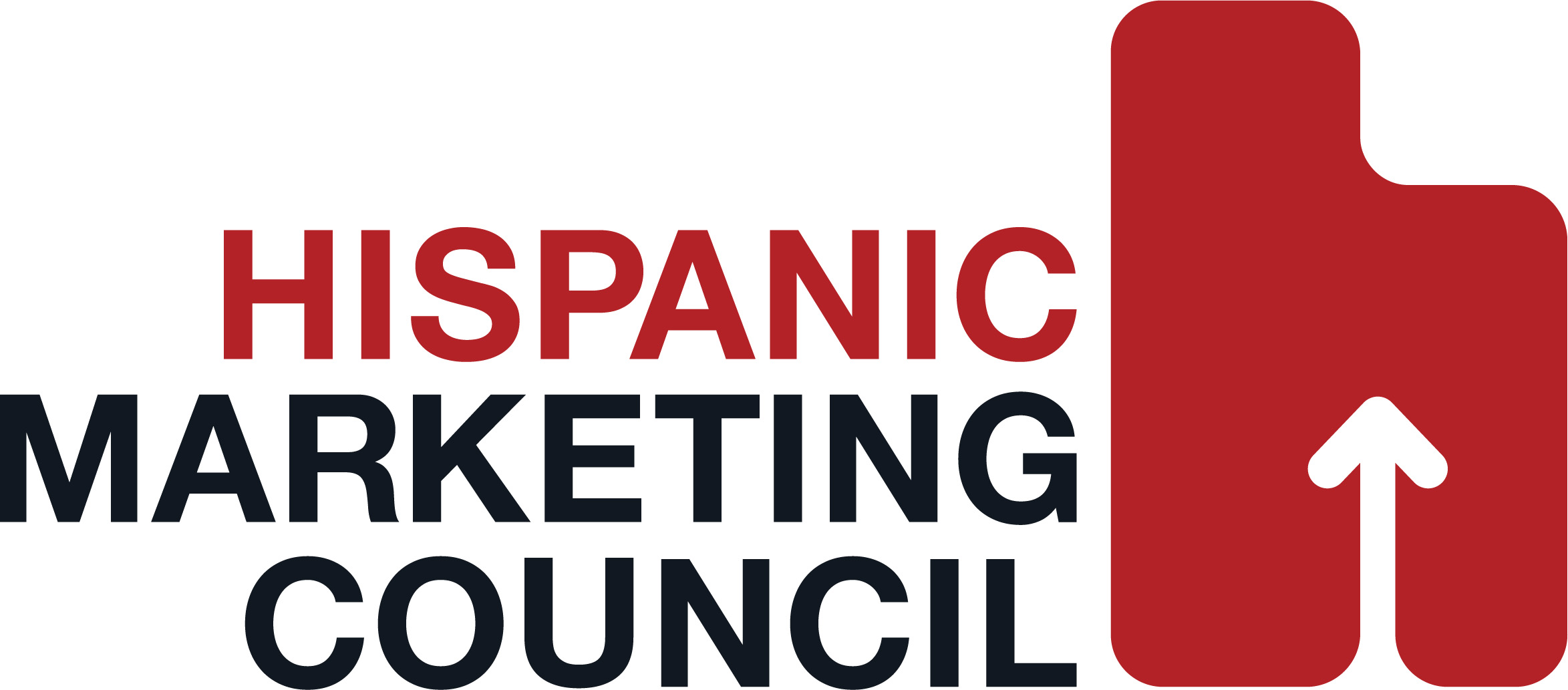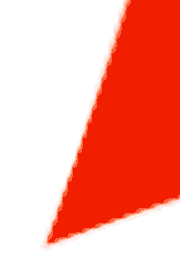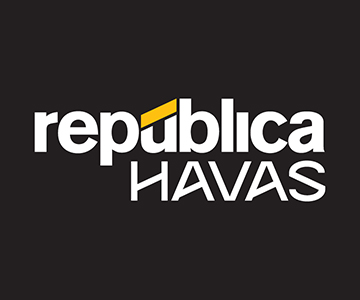2020 Edelman Trust Barometer [REPORT]
 The 2020 Edelman Trust Barometer reveals that despite a strong global economy and near full employment, none of the four societal institutions that the study measures—government, business, NGOs and media—is trusted. The cause of this paradox can be found in people’s fears about the future and their role in it, which are a wake-up call for our institutions to embrace a new way of effectively building trust: balancing competence with ethical behavior.
The 2020 Edelman Trust Barometer reveals that despite a strong global economy and near full employment, none of the four societal institutions that the study measures—government, business, NGOs and media—is trusted. The cause of this paradox can be found in people’s fears about the future and their role in it, which are a wake-up call for our institutions to embrace a new way of effectively building trust: balancing competence with ethical behavior.


 The leadership challenge of balancing short- and long-term business pressures, and doing so in an ethical way in which both a company and its stakeholders can thrive, is a challenge that is well-known to all business leaders.
The leadership challenge of balancing short- and long-term business pressures, and doing so in an ethical way in which both a company and its stakeholders can thrive, is a challenge that is well-known to all business leaders. Renown economist and consultant Heide Calero has created a series of videos that help businesses better understand the transformation of Puerto Rico’s economy through the decades. The up and downs of certain economic strategies that have impacted the island’s past and current state.
Renown economist and consultant Heide Calero has created a series of videos that help businesses better understand the transformation of Puerto Rico’s economy through the decades. The up and downs of certain economic strategies that have impacted the island’s past and current state. The advertising agency industry can be difficult to understand, especially for those lacking a first-hand history of working within it. Because many marketers, securities analysts and others look to understand the industry in order to be better partners, investors or students of the business, we wanted to illustrate how to apply our analysis framework to our own sector.
The advertising agency industry can be difficult to understand, especially for those lacking a first-hand history of working within it. Because many marketers, securities analysts and others look to understand the industry in order to be better partners, investors or students of the business, we wanted to illustrate how to apply our analysis framework to our own sector. 2020 feels very much like a year of recalibration for the tech-driven future. The news is everywhere about public attitudes towards the commercial use of personal data, the manipulation of information, and the real dangers of network and data breaches.
2020 feels very much like a year of recalibration for the tech-driven future. The news is everywhere about public attitudes towards the commercial use of personal data, the manipulation of information, and the real dangers of network and data breaches. New global research released by Accenture and conducted by Forrester Consulting reveals an opportunity for chief marketing officers (CMOs) to expand their remit by assuming the role of CMO Collaborator. By ushering in new levels of collaboration across the C-suite, technology ecosystem and agency partners, CMOs can drive customer experience (CX), a proven source of growth in modern organizations today.
New global research released by Accenture and conducted by Forrester Consulting reveals an opportunity for chief marketing officers (CMOs) to expand their remit by assuming the role of CMO Collaborator. By ushering in new levels of collaboration across the C-suite, technology ecosystem and agency partners, CMOs can drive customer experience (CX), a proven source of growth in modern organizations today. Throughout history, “shopping” has involved taking a trip, planned in advance, to a favorite store that a consumer made time for. The ecommerce revolution upended that predictable relationship and activity, and today consumers’ brains have again been rewired as it pertains to shopping, thanks to mobile technology and social media. That may usher in one of the industry’s biggest shifts in consumer behavior: The “always-on” consumer comes highly informed with specific demands around price, ingredients, delivery options, production methods and much more.
Throughout history, “shopping” has involved taking a trip, planned in advance, to a favorite store that a consumer made time for. The ecommerce revolution upended that predictable relationship and activity, and today consumers’ brains have again been rewired as it pertains to shopping, thanks to mobile technology and social media. That may usher in one of the industry’s biggest shifts in consumer behavior: The “always-on” consumer comes highly informed with specific demands around price, ingredients, delivery options, production methods and much more. Nielsen released its Annual Marketing Report: The Age of Dissonance. The report sheds new light on how marketers perceive the effectiveness of digital and traditional channels, if their perception is driven by measurement data they can trust, and what ultimately influences budget decisions.
Nielsen released its Annual Marketing Report: The Age of Dissonance. The report sheds new light on how marketers perceive the effectiveness of digital and traditional channels, if their perception is driven by measurement data they can trust, and what ultimately influences budget decisions. Today, Hispanics represent one in four 18 to 34 year olds in the US. They have origins in a variety of countries – each with their own unique culture – and are united by a common language. What else unites them?
Today, Hispanics represent one in four 18 to 34 year olds in the US. They have origins in a variety of countries – each with their own unique culture – and are united by a common language. What else unites them? Drops in natural increase and net international migration have resulted in a gradual slowdown of the nation’s population growth this decade, according to U.S. Census Bureau population estimates.
Drops in natural increase and net international migration have resulted in a gradual slowdown of the nation’s population growth this decade, according to U.S. Census Bureau population estimates.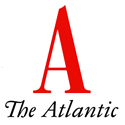 New words stick when they come from below, and respond to a real need.
New words stick when they come from below, and respond to a real need.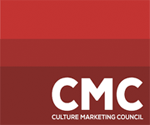 The Culture Marketing Council: The Voice of Hispanic Marketing (CMC) announced its 2019 Hispanic Market Guide, the most comprehensive resource on the U.S. Hispanic market, is now available to download.
The Culture Marketing Council: The Voice of Hispanic Marketing (CMC) announced its 2019 Hispanic Market Guide, the most comprehensive resource on the U.S. Hispanic market, is now available to download. HispanicAd in association with Adam R Jacobson are proud to announce the availability of the 2019 Hispanic TV Upront Report for our readers.
HispanicAd in association with Adam R Jacobson are proud to announce the availability of the 2019 Hispanic TV Upront Report for our readers. U.S. multicultural media revenues generated from advertising and marketing aimed at Hispanic, African and Asian Americans are projected to grow at an accelerated 6.3% to $28.72 billion in 2020, representing the fastest growth of this burgeoning market in eight years, according to new research from PQ Media. Key growth drivers are expected to be incremental shifts of ad and marketing dollars to multicultural media by savvy brands, as well as record media spending related to the U.S. presidential election and the Summer Olympics in Japan, according to PQ Media’s U.S. Multicultural Media Forecast 2019.
U.S. multicultural media revenues generated from advertising and marketing aimed at Hispanic, African and Asian Americans are projected to grow at an accelerated 6.3% to $28.72 billion in 2020, representing the fastest growth of this burgeoning market in eight years, according to new research from PQ Media. Key growth drivers are expected to be incremental shifts of ad and marketing dollars to multicultural media by savvy brands, as well as record media spending related to the U.S. presidential election and the Summer Olympics in Japan, according to PQ Media’s U.S. Multicultural Media Forecast 2019. Throughout the last 30 years, teen girls have grown up watching adults play high school students in films and on TV. But the tide is turning, and teen girls are seeing a more authentic depiction of themselves on their screens. Indeed, the rise of teen artists like Billie Eilish and Hunter Schafer is challenging traditional norms of what it means to be a teen girl in America. Along those same lines, teen activists such as Greta Thunberg and Emma González are leading social change and inspiring this younger generation to make a difference in the world as activists.
Throughout the last 30 years, teen girls have grown up watching adults play high school students in films and on TV. But the tide is turning, and teen girls are seeing a more authentic depiction of themselves on their screens. Indeed, the rise of teen artists like Billie Eilish and Hunter Schafer is challenging traditional norms of what it means to be a teen girl in America. Along those same lines, teen activists such as Greta Thunberg and Emma González are leading social change and inspiring this younger generation to make a difference in the world as activists. Technology will continue to redefine the media landscape in 2020, creating opportunities and challenges for marketers. As ad spend on social and tech platforms continues to grow; technology innovations will also enable a renaissance in real-world engagement. According to Kantar’s global 2020 Media Trends & Predictions report marketers and media owners will be challenged to develop the skills, engagement models and measurement capabilities to meaningfully engage consumers in the crowded media landscape.
Technology will continue to redefine the media landscape in 2020, creating opportunities and challenges for marketers. As ad spend on social and tech platforms continues to grow; technology innovations will also enable a renaissance in real-world engagement. According to Kantar’s global 2020 Media Trends & Predictions report marketers and media owners will be challenged to develop the skills, engagement models and measurement capabilities to meaningfully engage consumers in the crowded media landscape.


